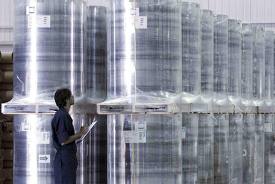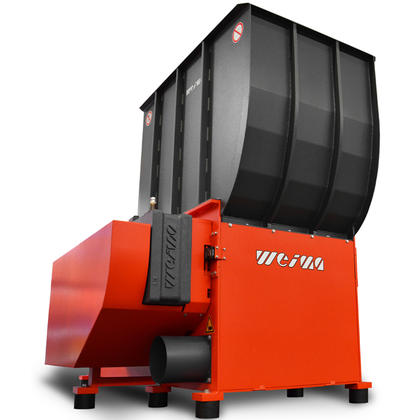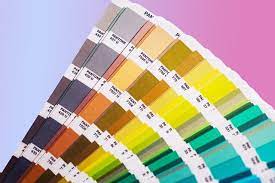According to Technomic, a food industry research and consulting firm, at the height of the economic downturn many consumers purchased retail prepared foods. But now as the economy recovers, some consumers are purchasing retail less often than they did just two years ago; in fact, 38 percent of today’s consumers say that they purchase prepared foods from traditional supermarkets each week—compared to 42 percent who said the same in 2010. 1

In the food industry, the presentation of the food is just as important as the food itself. Catching the consumer’s attention, especially in big stores can be difficult. A key differentiator between all of the food options available can be achieved by having a crystal clear package. As a result, numerous thermoformers are now realizing just with a simple switch to PET sheet for their packaging—they are able to increase sales.
One of the principal advantages of PET sheet is its optical clarity. Packages made from PET sheet tend to show very little haziness compared to other available packaging materials. Packaging made from PET sheet has even helped some thermoformers create an image of a “premium product” in a market or convenience store refrigerated case amongst their competitors.
Yet, just by making the switch to PET, thermoformers have discovered they are not always able to produce a “truly” clear PET package every time. To resolve this industry wide issue, OCTAL developed a production process that has proven to successfully produce a consistently clear PET sheet.
“OCTAL’s propriety technology produces PET sheet directly from PET resin melt, resulting in a final product with significantly enhanced optical and mechanical properties. With direct-to-sheet PET product, DPET™, OCTAL delivers the finest quality and most consistent PET sheet to enable thermoformers, brands and retail partners to realize unsurpassed reliability, consistently higher yield, and packages with an unbeatable clear finish,” states William J. Barenberg, Jr., OCTAL’s Chief Operating Officer.

OCTAL’s DPET™ provides increased gloss, no visual inclusions, finished parts without color variation, and with a high Intrinsic Viscosity (I.V.), unparalleled toughness. DPET™ also requires up to five degrees less heat at standard draw ratios in the thermoforming process, which translates into less energy consumption and more savings for the customer.
“The OCTAL DPET™ process also brings the major advantage of a carbon footprint 25 percent below that of traditionally produced APET films. The direct-to-sheet process eliminates the most energy-intensive and defect-prone processes to deliver a spotless sheet with a fraction of the energy,” stated William J. Barenberg, Jr., OCTAL’s Chief Operating Officer.
Any thermoformer looking to attract and keep the consumers’ attention on the retail shelf through clearer package can simply make the switch to a PET sheet. However, before making any switch, it is best to test that PET sheet in a manufacturing environment to ensure that the consistent clarity promised from the supplier will be achieved.
For more information on OCTAL’s DPET™ visit: www.octal.com








